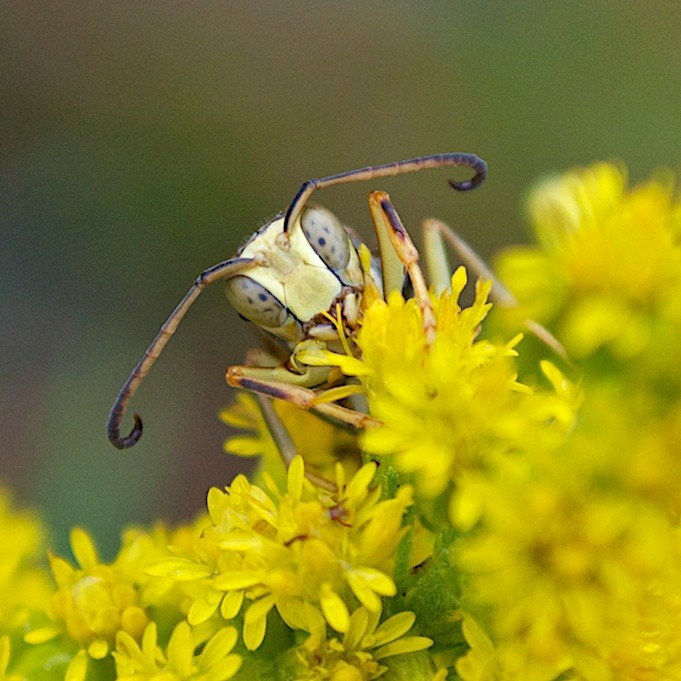A Very Useful Plant

Salidago, commonly called Goldenrod, is a genus of over 100 species of flowering perennial plants in the aster family. The majority are native to North America, with just a few species native to South America and Eurasia.
The pollen of Goldenrod is often unfairly blamed for causing hay fever in humans. However, the true culprit is the wind-dispersed pollen of Ragweed (Ambrosia sp.), which blooms at the same time as goldenrod. Goldenrod pollen is too heavy to be easily blown about, with the plants relying on insects for pollination.

The flowers of Goldenrod are an important source of fall nectar for bees, flies, wasps, and butterflies. The leaves are also used as a food source by the larvae of many butterfly and moth species (Lepidoptera).
Humans have put Goldenrod to good use over the years. Native Americans used the seeds of some species for food. They also chewed the leaves to relieve sore throats and chewed the roots to relieve toothaches.
Solidago virgaurea, European Goldenrod, is used today as a kidney tonic by herbalists to treat inflammation and irritation caused by bacterial infections or kidney stones.

One of the more interesting uses of Goldenrod took place in the early 20th century, when Inventor Thomas Edison experimented with goldenrod to produce rubber. Edison created a fertilization and cultivation process to maximize the rubber content in each plant. His experiments produced a 12-foot-tall (3.7 m) plant that yielded as much as 12% rubber. The tires on the Model T given to Edison by his friend Henry Ford were made from goldenrod.

